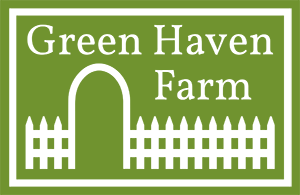What Are Keystone Plants?
Collection of native plants
Many people recognize the importance of native plants to ecosystem health. Native plants have relationships with native wildlife which have been created over millions of years and are therefore best suited to provide food and shelter to our native insects and animals.
As the study of native plants has continued, scientists have discovered that certain native plants are essential to the life cycle of many species. These plant genera, which support such a large diversity and number of important insects, have been christened “keystone” plants. Like a keystone in the top of an arch (remove it and the arch collapses), the absence of these key species in an ecosystem creates an incomplete and ineffective environment.
Keystone plants have been placed into 2 groupings. One that emphasizes caterpillars and another that focuses on native bees.
Research from the University of Delaware (led by Dr. Doug Tallamy) indicates that about 14% of native plant species support about 90% of butterfly and moth species. And horticulturist Jarrod Fowler has shown that 15% to 60% of North American native bee species are pollen specialists who only eat pollen from 40% of native plants.
Goldenrod (Solidago rugosa)
Keystone plants vary in different ecological regions. The National Wildlife Federation has a handy list of keystone plants for our region.
Including as many of these keystone plants into landscapes as possible will greatly enhance the ability of our yards and gardens to provide functional habitats for wildlife. While some of these critical species are large trees like oaks and native black cherry, others are relatively small perennials that can easily fit in many landscapes.
Goldenrods (Solidago genus) and asters (Symphyotrichum and Eurybia genus) are of particular interest because they are keystone species for both caterpillars and native bees. There are also many different specific species of both goldenrods and asters - its easy to find one to fit any growing conditions!
Native aster (Symphyotrichum) in bloom
The National Wildlife Federation has also created a handy “Native Plant Finder”. By putting your zip code in, you can find listings of plants native to your area. It also provides an indication of how many known caterpillars the plant supports. This resource lists the specific species that are native in your area and can be a handy reference when selecting plants to include in your landscape.




